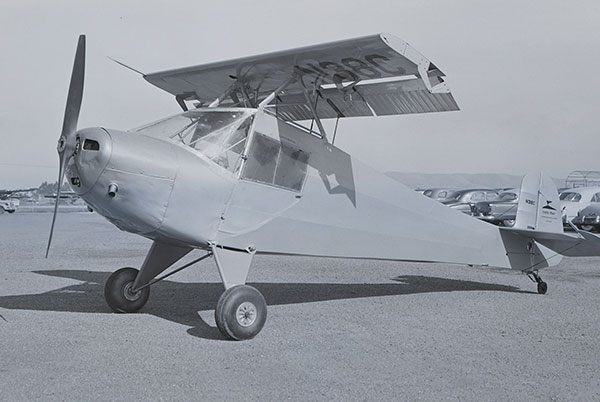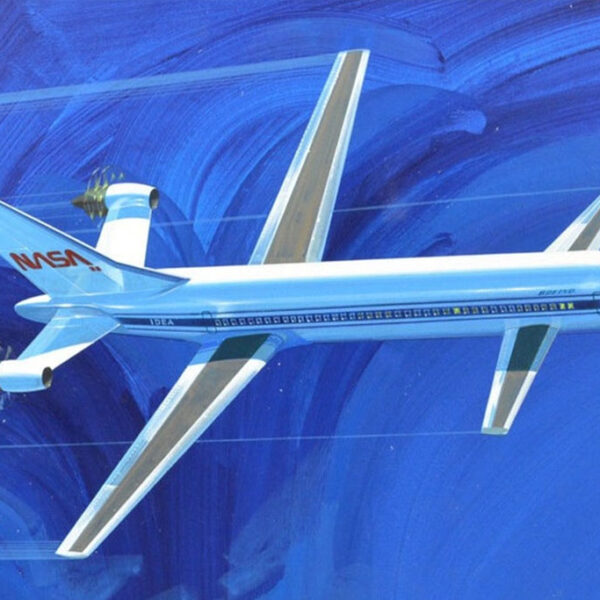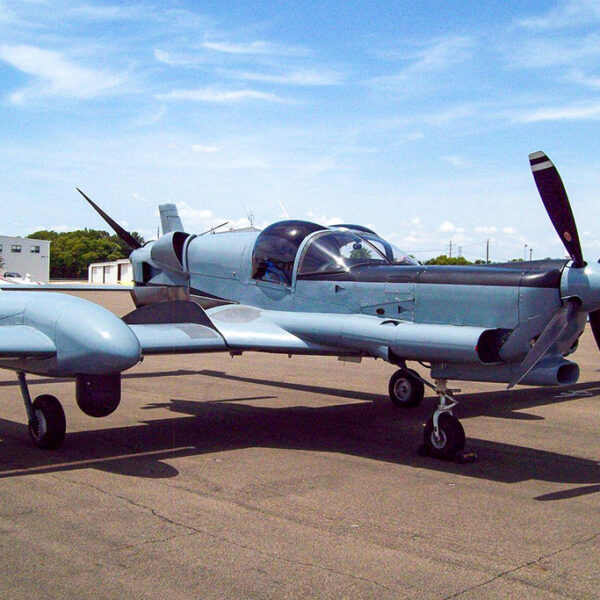Larson Speed Bird
Based on a standard Taylorcraft taildragger, the Larson Speed Bird was an experimental testbed built to evaluate a unique, all-metal wing design. Designed and built by Merle Larson, a former WWII B-24 pilot and inventor, it utilized a conventional 85-horsepower Continental engine but replaced the large, fabric-covered wing with a far smaller metal wing that incorporated flaps and spoilers.
With a span of only 12 feet and a chord of only 3 feet, the new wing was tiny, with a mere 36 square feet of area. In comparison, the standard Taylorcraft wing had an area of 184 square feet. Larson’s goal was likely to assess whether an effective flap design could enable the smaller, faster wing to fly slowly enough for takeoff and landing.

The strange little airplane met its fate during a test flight on December 5, 1953, in Concord, California. Fortunately, Merle survived and extricated himself from the wreckage, reportedly having had the foresight to have brought a hacksaw along for just such a scenario.
This photo was provided by the Wisconsin Aviation Hall of Fame as part of their extensive Leo J. Kohn Photography Collection digitization and preservation project. Learn more at www.wahf.org.





